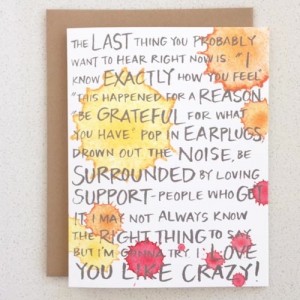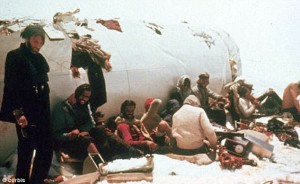For about half a year now, the media has continued to cover Bobbi Kristina Browns case on life and death. Even months after her official death the media is continuing to cover the court cases that began in early June. This case reminds me of the Terri Schiavo case that we have discussed in class. The huge burden families face when their loved ones are in a coma, with no indications of waking up. Both cases show how a family can truly be teared apart when a young life is near death. Bobbi Krisitina because of her fame prior to her death brought much public attention to these challenges. Recently, a new piece of evidence was brought to the court case against her boyfriend Mr. Gordon. The evidence suggested that Mr. Gordon injected Bobbi Kristina with a a toxic mixture and then placed her body in the bath tube. This evidence if proven true can land Mr. Gordon in jail for murder.
It is interesting to see the change in this case since the beginning and how members of the family always believed that Mr. Gordon had a part in Bobbi Kristian’s death. In the Terri Schiavo case the family and her husband seemed to work together in a private matter when Terri first entered the vegetative state. Although, Michael was granted medical guardianship, her parents did not seem to have a problem with this until he wanted to remove her feeding tube. That was when the case truly became something that the media was interested in, especially when the Pope and Jeb Bush began to voice their opinions.
Both cases began to make me wonder the implications of having such a publicized death. In high school one of my classmates died during winter break our senior year in a car accident. In my town this was a highly publizied death and I always wondered if the girls family enjoyed the media, attention and out pour of grief and mouring that the community created or if they would have preferred a more private experience where they could grieve on their own in private. Something that made me upset about the situation was the school had buses for students who wanted to go to the funeral and people who didn’t even know her went to the funeral just to get out of class.
Bobbi Kristina and Terri Schiavo were both young women who had tragic death which were placed in the eye of the public for a long period of time. Being so publicized must have been very hard for both families and it makes me question when does the media become to much for people to handle. Will they ever respect peoples wishes to grieve in private without writing hateful articles about the different sides of the cases.




